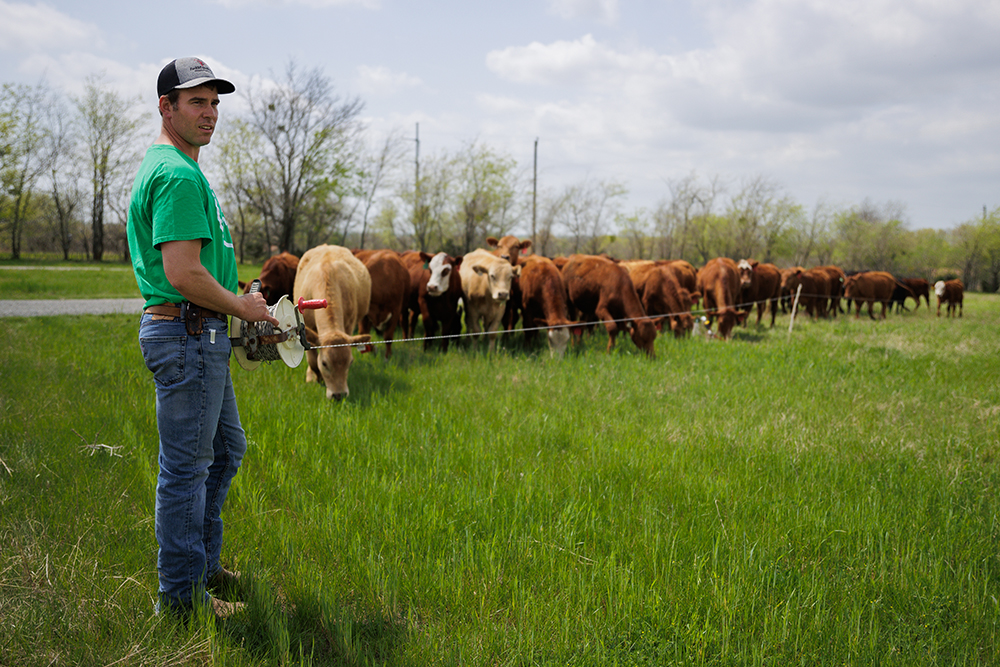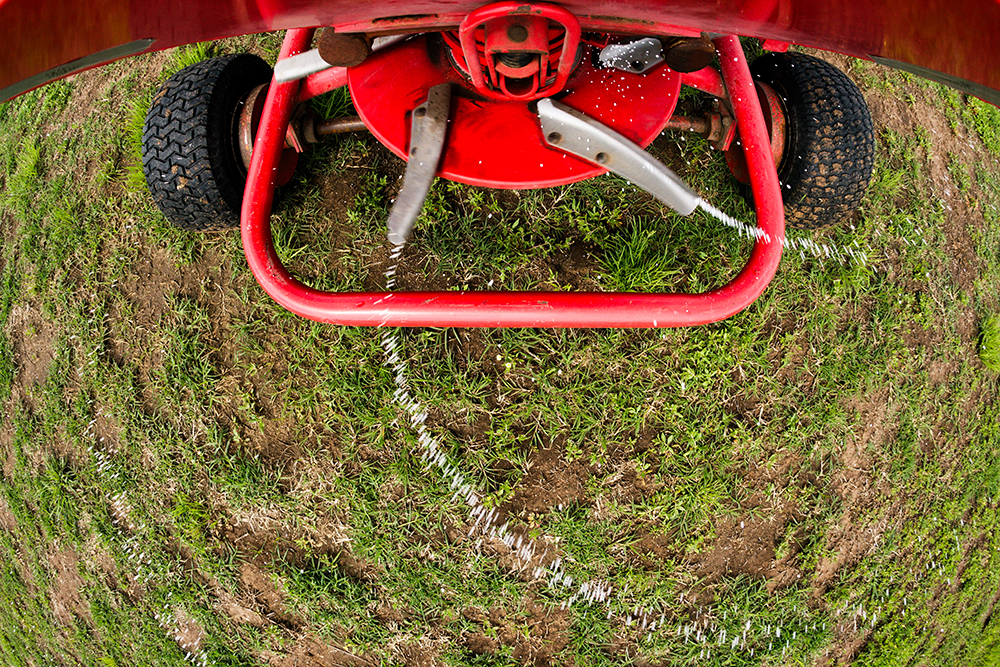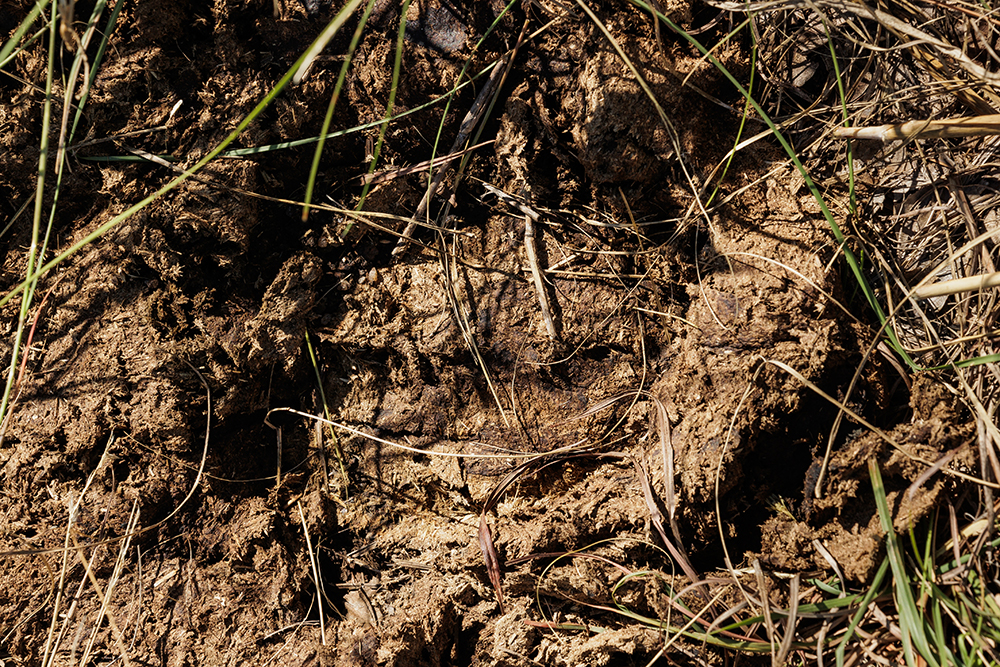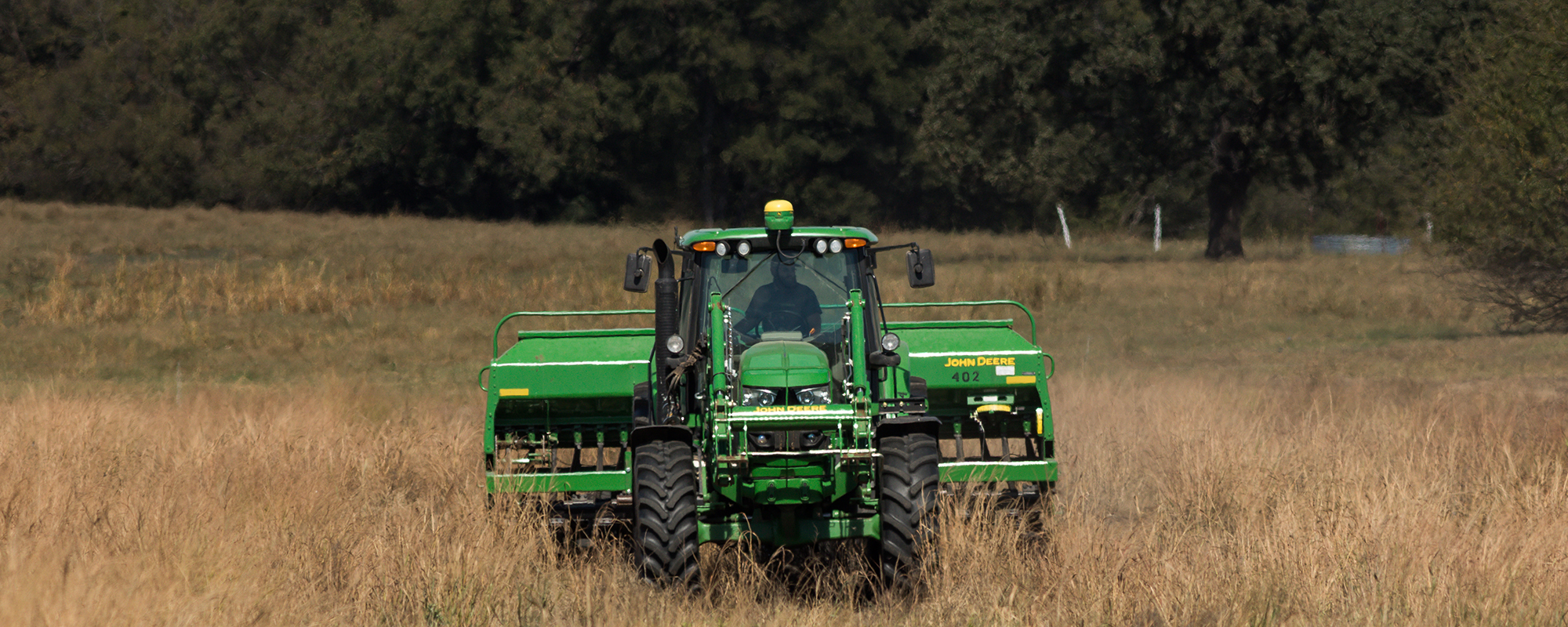If you’re thinking about overseeding cover crops in your pastures this fall, that’s a good place to start – thinking about both the why and the how.
Jim Johnson, senior ag consultant at Noble Research Institute, says there are three main reasons ranchers and farmers might consider planting a cover crop on grazing land in the fall:
- “It could be that they have too much bare ground,” he says. “They’ve got perennial pasture that’s maybe been weakened by drought or maybe by overgrazing or maybe a combination of both, and they want to get some cover on it.”
- “Another reason would be to add diversity. Maybe they have a monoculture of bermudagrass, and they want to add some diversity to that.”
- Johnson says, “Probably the best-case scenario to plant is that they want to extend the grazing season,” he says, to have more forage growing when their perennial warm-season grass pasture is dormant.
It’s important to consider, however, whether or not putting in a cover crop is always the best solution to covering ground or adding diversity, Johnson says.
“For bare ground and for diversity, rest could be what’s needed, maybe more than adding seed,” if it’s not an area of erodible land, he says. “So often, those plants are there. They just never get a chance to express themselves, and they never get a chance to build a healthy root system.”
Johnson says he’s seen some phenomenal results from ranchers giving such areas 365 days of rest. He suggests starting with resting a small area, or even just building a small exclosure in a pasture to keep livestock from grazing, to see how much cover and diversity you get from resting that spot for a year.
For more thoughts on cover-crop overseeding decisions, see the Noble Rancher article Can Management Alone Build Plant Diversity, or Are Cover Crops Always Needed? One Expert Weighs In.

What cool-season cover crops to plant?
Once you’ve decided to plant, the choice of cool-season cover crops to overseed in a pasture depends on a rancher’s goals, what’s already in the pasture and what will do well in the region. Johnson’s list of annuals and weak perennials to consider in southern Oklahoma and north Texas includes:
- Small grains: wheat, rye, oats, barley, triticale.
- Legumes: white or crimson clover, winter peas, vetch.
- Others: plantain or chicory can help heal compacted or depleted soils. Johnson says many people favor Brassicas, such as turnips and radishes, but they are hard to establish when overseeding, at least in the southern Great Plains.
Two main overseeding methods: Drilling and broadcasting
Drilling: For ranchers with access to a no-till drill and with large areas to cover, drilling is the overseeding method of choice, Johnson says. Here are his tips for successful cover-crop drilling:
- Calibrate the drill for the seed mix you are planting. Watch the Noble video Seed Drill Calibration to learn how.
- Be sure to perform good maintenance on the drill, especially making sure that the discs are sharp to cut through residue in the pasture and that all is in good working order for good planting depth and good coverage of the furrow after the seed drops.
- Stop and dig behind the drill several times a day to check planting depth and to ensure you’re getting good seed-to-soil contact.
- Slow down. Planting speed should be 5 miles per hour or less for the drill to do a good job of seeding.

Broadcasting: For smaller areas, or if you don’t have access to a no-till drill, there are several ways to broadcast cover-crop seeds. Johnson has this advice for successful broadcasting:
- Use a fertilizer spreader or other broadcast spreader, whether regular fertilizer buggy size or a small electric spreader mounted on the front or back of a four-wheeler.
- If you are seeding a small volume of cover-crop seed per acre in larger spreaders, consider what you can carry the seed with. If you’re already planning to seed 50 to 100 pounds of small-grain seed per acre, you can add 1 to several pounds of clover or vetch or chicory seed to make use of the volume. If you’re planting a few pounds of seed by itself in a large spreader, say at 5 pounds per acre, consider adding bulk with cracked corn or maybe even 18-46-0 or 9-23-30 dry fertilizer.
- “Timing is super important” when broadcasting, Johnson says. “You want to broadcast when you know there’s a really good chance of significant rain – say several days of more than a half-inch of rain a day.”
- To incorporate the seed and achieve seed-to-soil contact, he recommends using “high stock density grazing to help tread that seed into the soil,” ideally between seeding and the arrival of the rain. If using cattle or small-ruminant hoof impact isn’t an option, or there are too many acres to cover in that way after seeding, Johnson says to drag a harrow, a big piece of iron or even a telephone pole or large tree trunk over the seeded area to get a similar effect.
- Another broadcast option is to frost- or snow-seed by spreading the seed, especially clovers, onto the soil surface during freeze-thaw cycles or on top of snow in the early spring. It can be an economical way to establish clovers and other nitrogen-fixing plants in winter and early spring.



This is very useful/timely information. I am not sure if one will have much success with waiting for a extended period of rain days with 1/2 inch or so per day?
Good day, has anyone ever broadcast seeded a diverse seed blend then followed it with a land roller to smooth and achieve seed to soil impact.
Thanks Calvin Gavelin 306 478 7748 [email protected]
We typically use less diversity and stick to just a few things that are more favorable for broadcasting when we can’t use a drill. We have followed that with a Brillion pulverizer type roller.